Equipment
A Q&A with Seven Dreamers about its $1,200 shafts
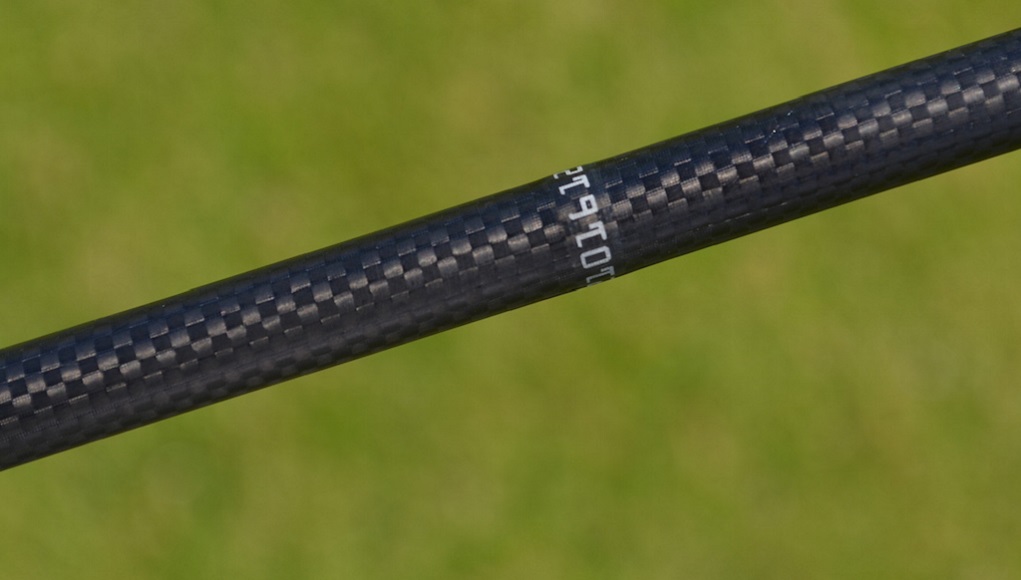
We spotted Seven Dreamers at Demo Day at the PGA Show last year and were impressed by GolfWRX member chiromikey’s fitting experience in Japan. With the company expanding to the U.S. market, we wanted to dig a little deeper.
The Japanese company says that once you demo one of the its $1,200 shafts, you’ll see and feel its superiority to your current gamer. Fortunately for those interested, you’ll soon be able to do so at select fitters and green grass locations in the U.S.
Seven Dreamers is rooted in the aerospace industry. An interesting note: In 1998, the company was involved in the development of Japan’s “Hayabusa” spacecraft, the first and only unmanned craft to land on an asteroid and return to earth with a sample from the surface. The shafts are made in Tokyo by a team of craftsmen and scientists who collaborate to custom build each shaft. A point of differentiation: Seven Dreamers uses an autoclave pressure chamber in its manufacturing process. Other manufacturers cure their shafts in ovens. The company says this process produces superior quality carbon fibers, reduced resin, and eliminated the need for grinding, polishing, or painting.
For the U.S. and Canadian market, the company offers 33 different bend profiles, identified from thousands of fittings.
We spoke with Mike Rossi, Vice President of Sales and Marketing at Seven Dreamers.
GolfWRX: Tell us a little bit about the history of the company, as our readers likely aren’t too familiar with Seven Dreamers.
Mike Rossi: The company started back in 1957 under the name Super Resin. At that time they were into fiber-reinforced plastics…as time moved on, they got into composites (composite design, composite products). That led into aerospace involvement. So, there’s always been a precision, high-end focus. If you fast-forward to today, the company has three divisions. They launched the golf division in Japan in 2014. There’s also a medical division, which designed a disposable sleep apnea device…that’s been on sale in Europe and Japan for the past couple of years and is under FDA review here. And then there’s a third division: electronics…they’ve developed and patented the only fully automatic laundry folding robot.
The name came from…the chairman at the time, he envisioned seven centers of excellence throughout the world.
GolfWRX: Why a golf shaft?
MR: The company wants to leverage its expertise in composite material. They’re using a variety of specialty materials…the quality of which is fit for satellites. The premium-grade materials required prompted the interest in golf.
GolfWRX: What sets Seven Dreamers apart?
MR: What really sets us apart is the process. Every shaft is made on a mandrel, and our mandels are absolutely pristine. The material is placed by hand on the mandrel. It’s then inserted into a mold. Then we autoclave cure it. The beauty of autoclave curing is it’s done under pressure…which gives us outstanding compaction. It squeezes out all the unnecessary resin, so we get an optimal ratio of carbon fiber to resin, which improves both feel and energy transfer in the shaft. But the best part of the process is, once we remove the shaft from the mold, we literally trim it to length and wipe it down. The surface condition is perfect. So, we have no unbroken fibers. We have no fiber tears. We have no fiber bullets. All that contributes to incongruities and inconsistencies in the shaft.
Virtually every other manufacturer, they put their material on the mandrel, and then they use shrink tape. Then the shrink tape is removed after curing, and you’ve got the inconsistencies–the rough edges of the tape–so then everybody else grinds the profile. I’m not saying that’s a terrible way to do it, but I’m saying I believe our way is better, and there’s no one else that’s doing it the way we do.
GolfWRX: Talk a little bit about the company’s positioning in the shaft market…
MR: Our company decided we wanted to focus on the ultra-high-end. What they did in Japan to start out, they went out and obtained several hundred clubs that were on the market–primarily driver heads. They measured the inertial properties and the physical properties of all these heads just to understand how they performed, then they worked to develop shafts that were optimized for certain heads.
This really morphed into two what I’ll call “studios” in Tokyo where consumers can come in and hit balls on the simulator and try different shafts. The one they like best, whether it’s their gamer or ours, we place sensors on the shaft. Using our proprietary 3D system, we then measure their particular loading and how they deliver the clubhead…how the shaft performs during the swing. Then all those measurements are recorded, and we design them a shaft 100 percent custom. The process takes three to four weeks. It’s designed for the golfer and the particular head he chooses to play. So, it’s truly custom.
We’ve done thousands of those over the past few years, and the ticket on that is $2,500. So yes, it’s premium. It’s high-end. We believe the premium end is the last frontier in the golf space. We’re not trying to sell to everybody. We’re trying to identify high-end fitters. We’re looking at aspirational clientele who wants the best, highest-quality stuff out there.
GolfWRX: Tell us about the range of shafts…
MR: We go from the mid-to-low 40s in weight all the way up to the 80s with three different bend profiles, which are basically low-, mid-, and high-launch. Our U.S. product offering will contain 28 driver shafts to start. We have iron shafts in development, hybrid shafts too, which we’ll be adding. Our wood shaft’s MSRP is $1,200. Our main objective with the launch is to be able to fit a wide range of players: from amateurs to tour professionals.
GolfWRX: What can you tell us about any comparison testing you’ve done?
MR: As odd as this sounds, we don’t compare to existing shafts in the marketplace. Our history and experience is based on our analysis and the fittings we’ve done with players at all levels, and we’ve seen appreciable gains and improvements both in distance and dispersion. But we’re not out there to denigrate any of our competitors. That’s not what we’re about.
Back to the decision to enter the ultra-premium space more about a market opportunity or did it necessarily follow from the sophistication of the manufacturing process and materials?
It’s a combination of both. Certainly, we saw that niche. But with our costs and our structure, we’re not a commodity supplier…we selected a niche where we can succeed. So it’s high-end fitters and high-end facilities, but we’re also seeking OEM partners that want to enter that ultra-premium space.
GolfWRX: Are there any thoughts toward a presence on Tour?
MR: We will have a face of the brand. It will be a recognized, credible player. A proper driver of the golf ball…that search is underway, but we’re not going to do it the way it’s currently being done [tour van, large professional staff].
- LIKE35
- LEGIT2
- WOW6
- LOL3
- IDHT0
- FLOP0
- OB1
- SHANK22
Equipment
Limited-edition gear spotted at the PGA Championship
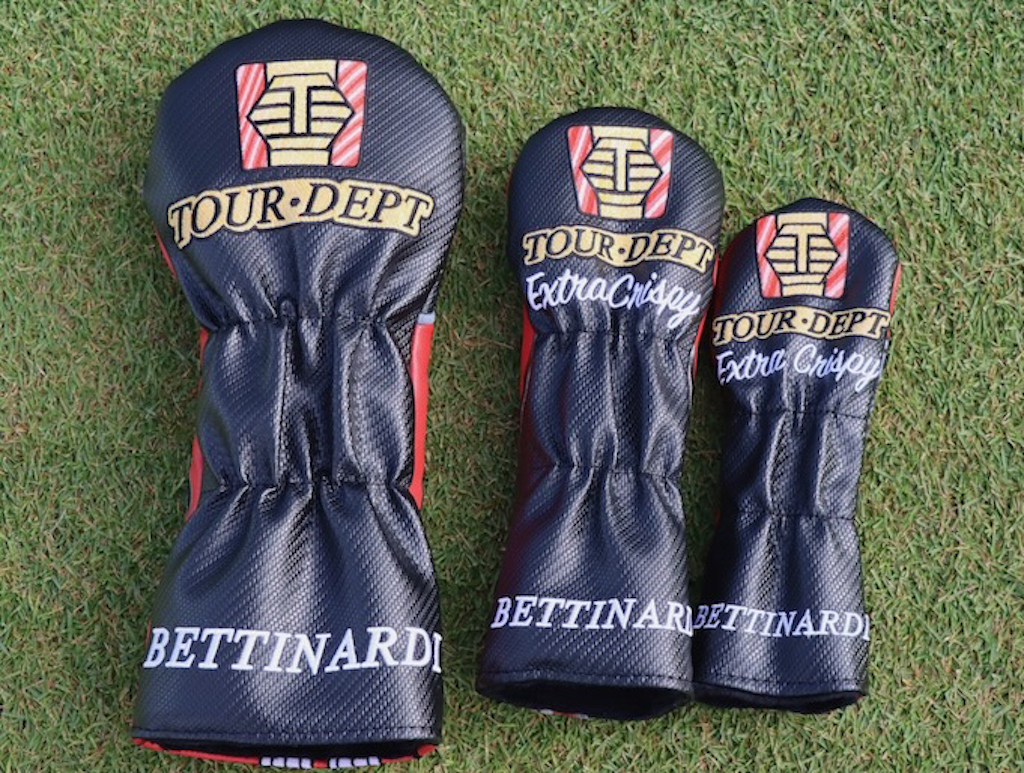
The second major of the season is here, and with it, custom gear aplenty! Taking inspiration from both Louisville, Kentucky, and host course Valhalla, the OEMs have been having some fun with the designs.
Check out PGA Championship staff bags, some custom kicks, and a very cool putter grip from SuperStroke.
2024 PGA Championship staff bags
Callaway
PGA Championship Staff Bag Giveaway ? See below how you can win the bag and headcovers being used this week by #TeamCallaway at the second major of the year:
-Follow @callawaygolf
-Tag 2 friends in the comments pic.twitter.com/8HbGdPHiFK— Callaway Golf (@CallawayGolf) May 13, 2024
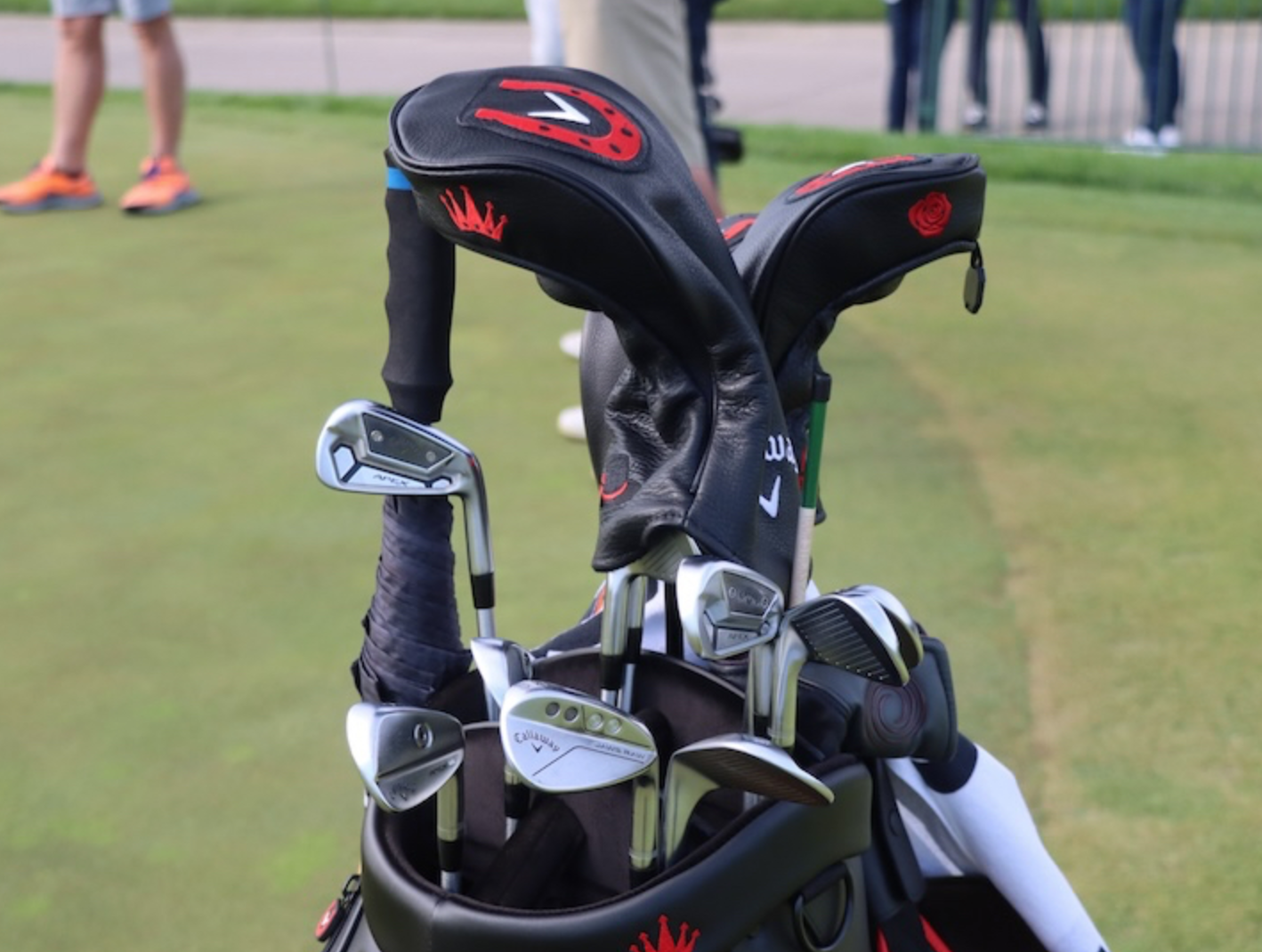

Cobra
TaylorMade
From the stables to the fairway. ?
This year’s PGA Championship staff bag and accessories pay homage to the Derby City with callouts to the run for the roses, the fastest lap in track history and more.
Dive into all the details of this beauty: https://t.co/afhEVKHWLj pic.twitter.com/8eoP6tDZq1
— TaylorMade Golf (@TaylorMadeGolf) May 13, 2024
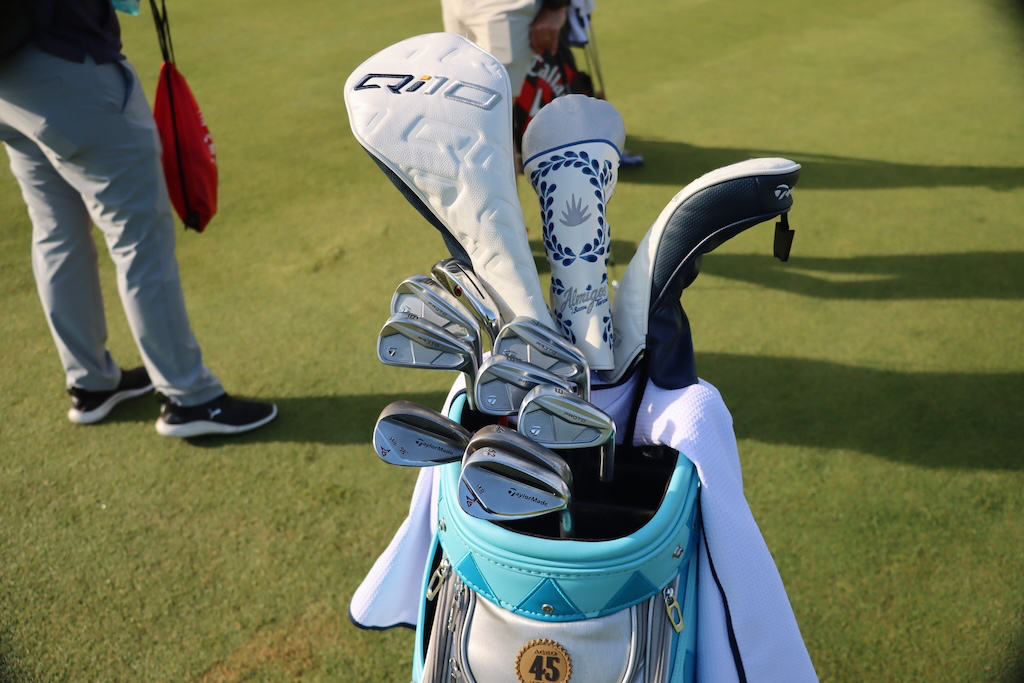


Scotty Cameron’s putter cover features the Scotty Dog in Viking helmet
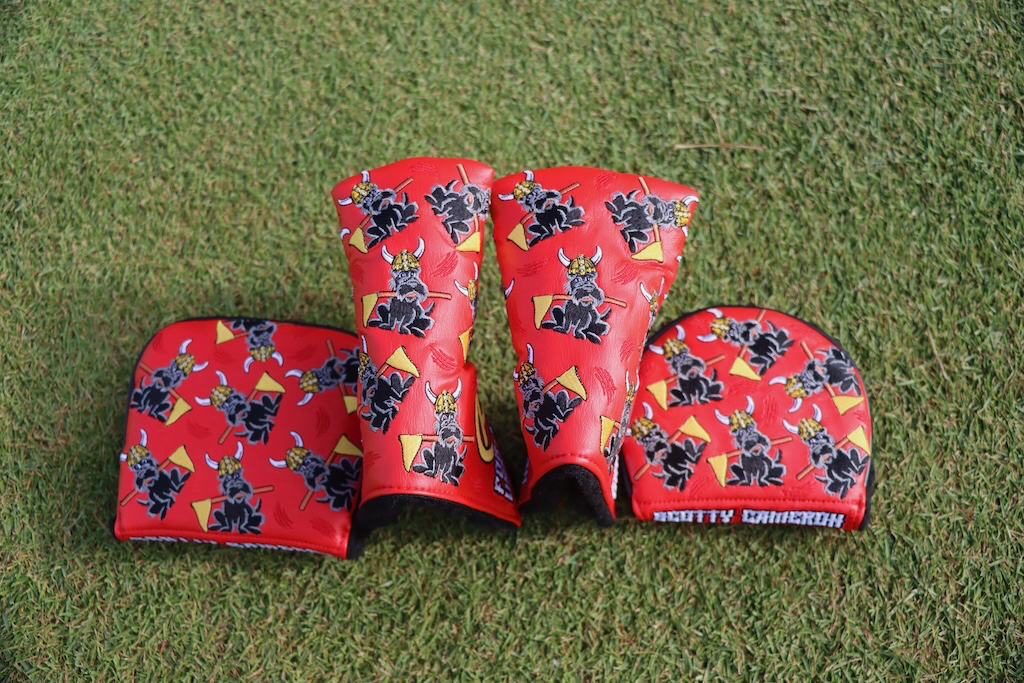
Bettinardi’s KFC-inspired putter covers
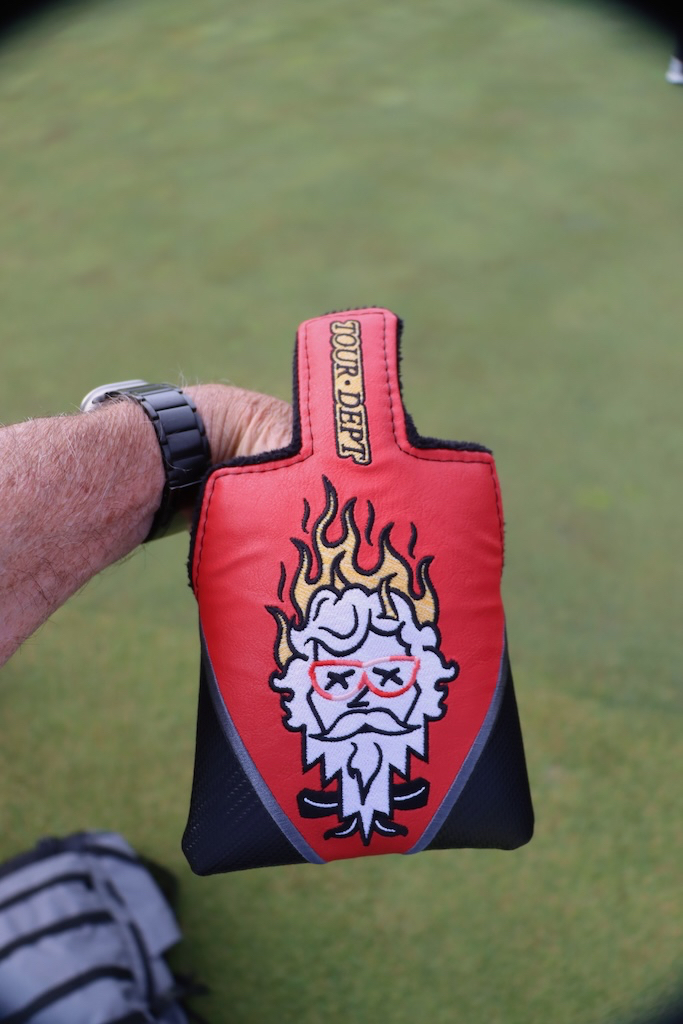

Ping’s bourbon-inspired putter cover
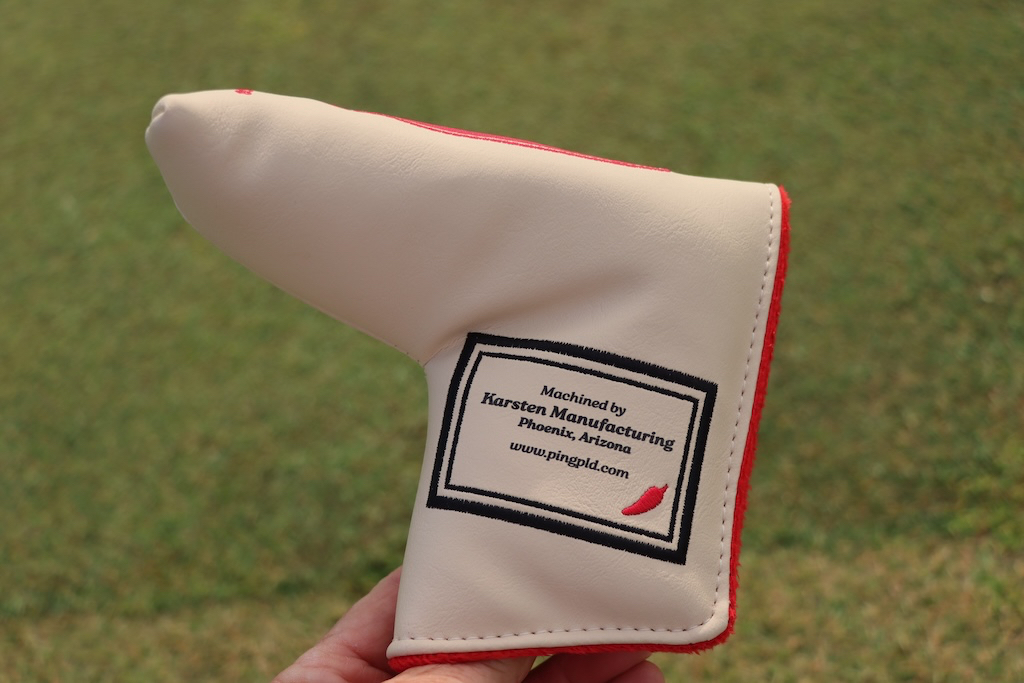
Rory McIlroy’s Kentucky Bourbon Trail-inspired Nike Air Zoom Victory Tour 3 shoes


FootJoy x Todd Snyder Mint Julep Premier Series
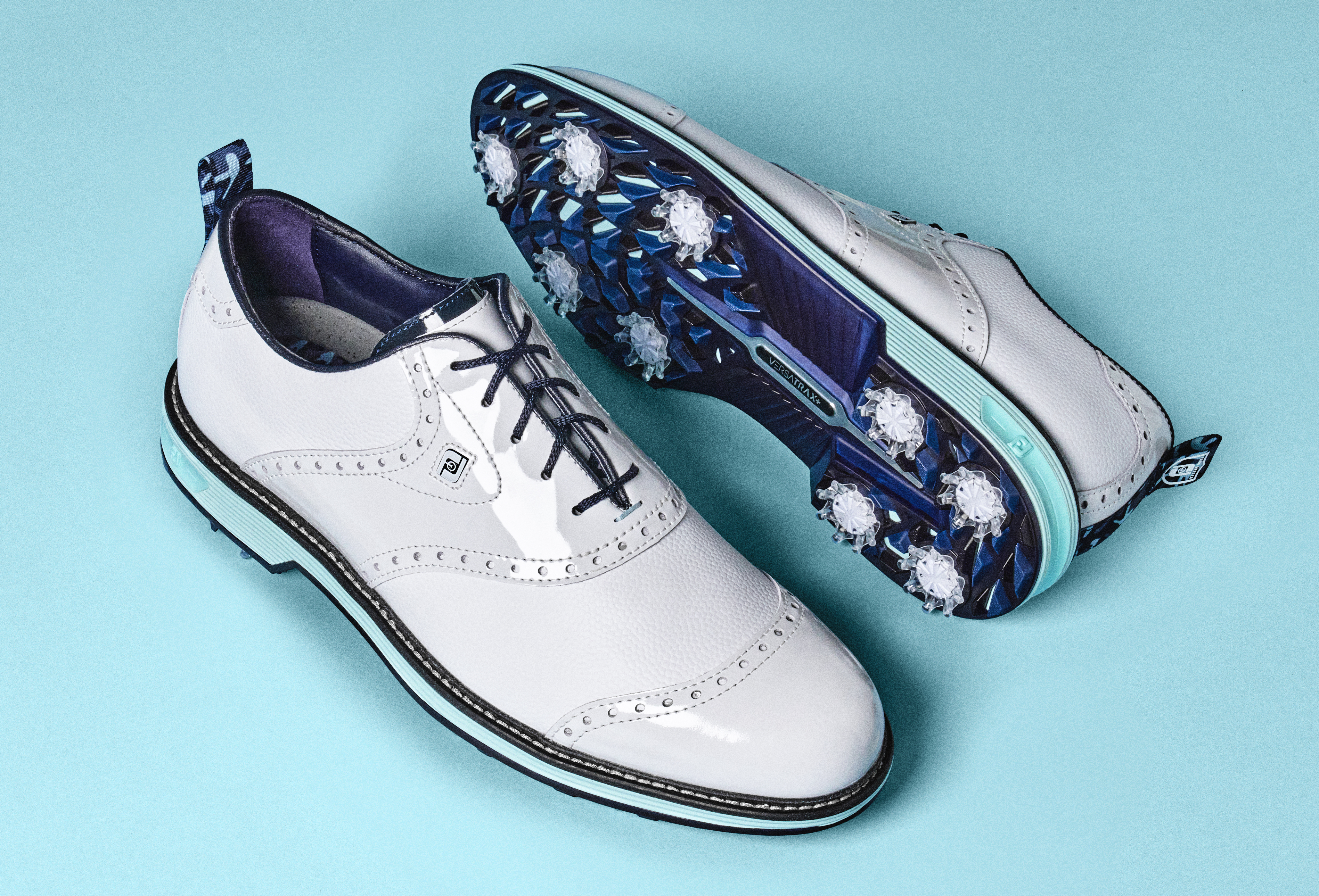
(Photo courtesy of FootJoy)
Brooks Koepka’s Kentucky Bourbon Trail-inspired Nike Air Zoom Infinity Tour shoes
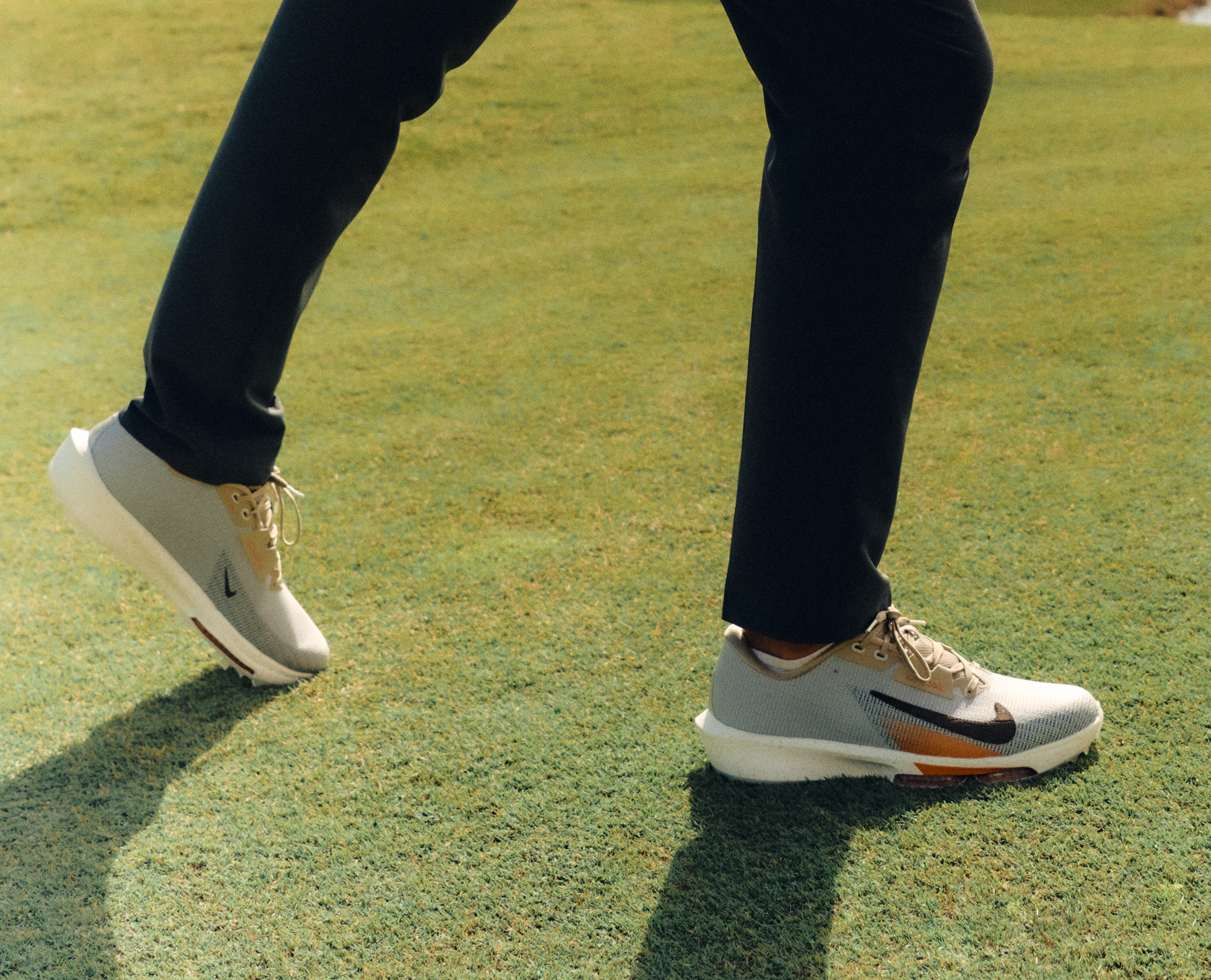
(Photo courtesy of Nike)
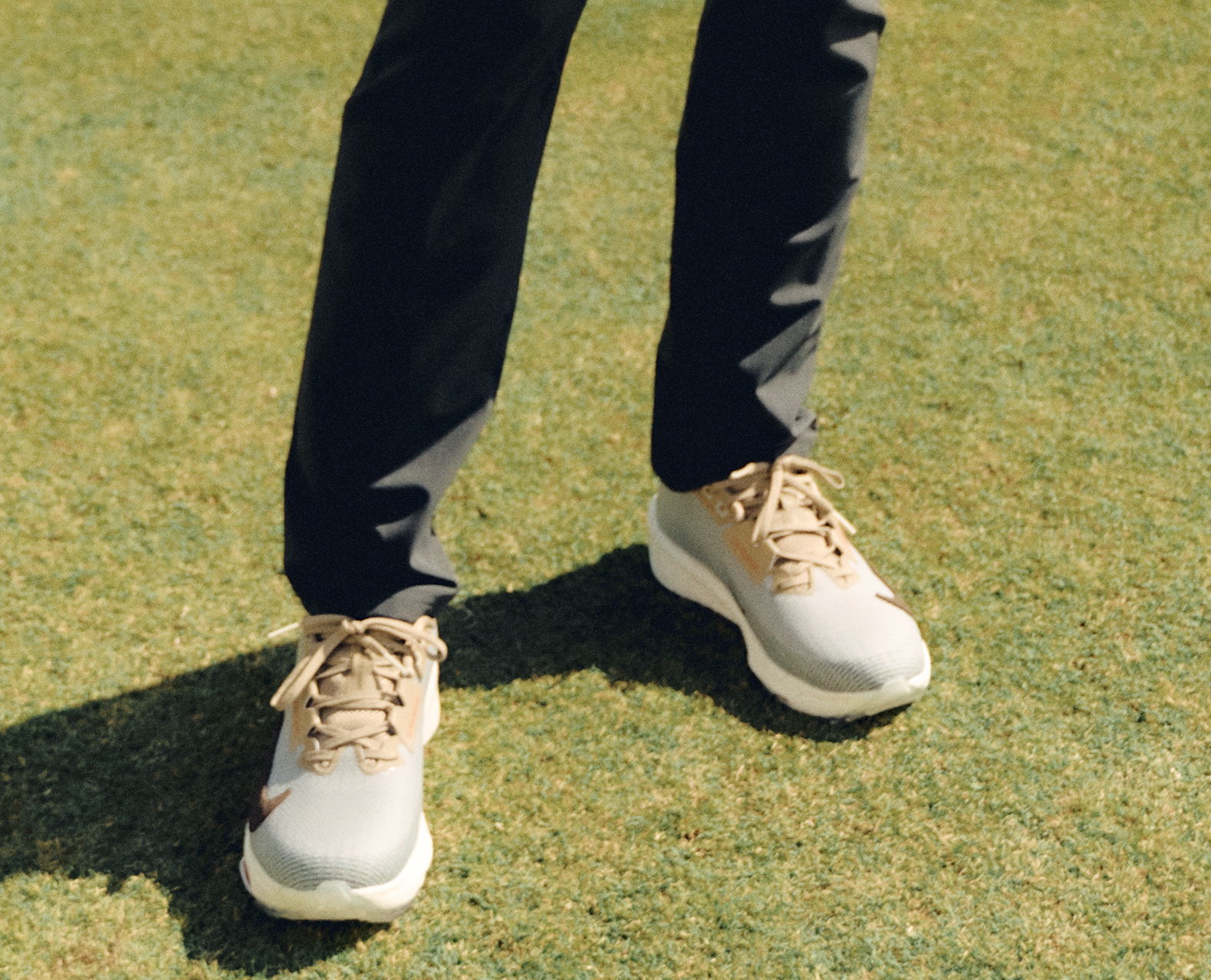
SuperStroke’s PGA Championship grip
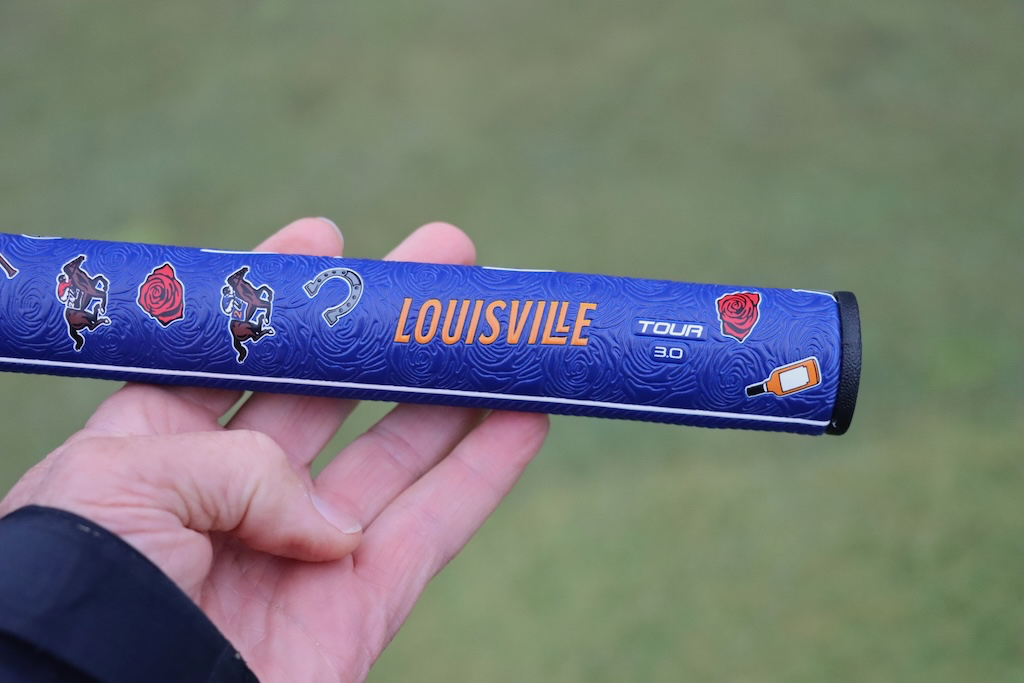

Check out all of our photos from Valhalla here.
- LIKE1
- LEGIT1
- WOW0
- LOL0
- IDHT0
- FLOP0
- OB0
- SHANK2
Whats in the Bag
John Daly WITB 2024 (May)
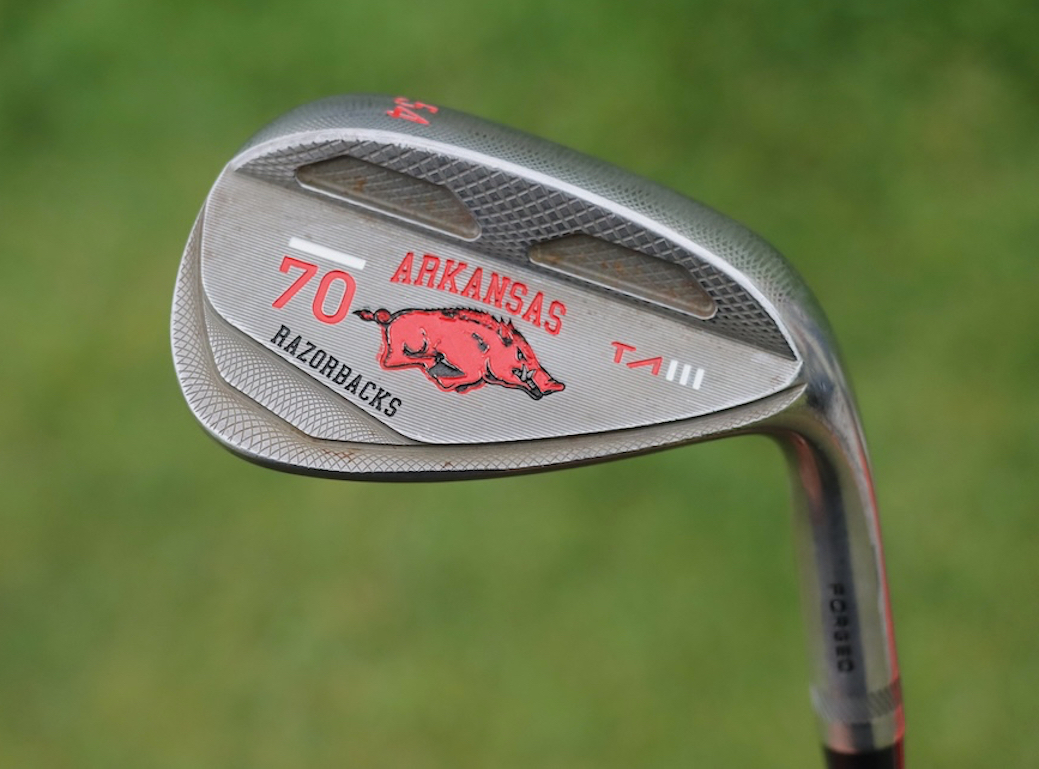
- John Daly WITB accurate as of the PGA Championship. More photos from the event here.
Driver: Ping G430 LST (9 degrees)
Shaft: Newton Motion 6-Dot
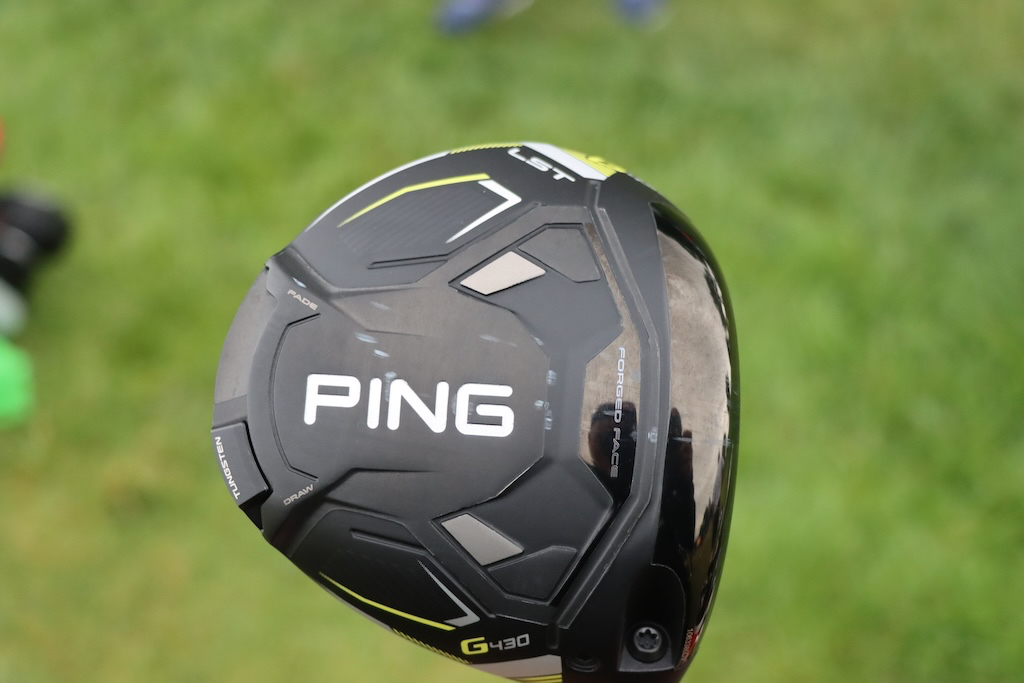

3-wood: Ping G430 LST (15 degrees)
Shaft: Newton Motion 4-Dot
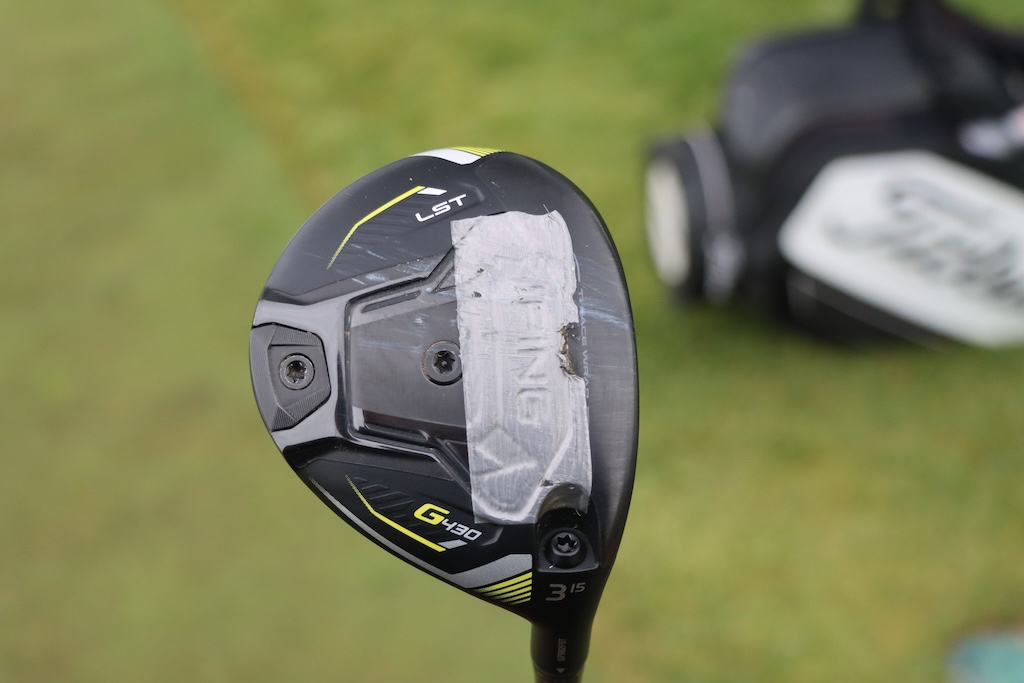
Hybrids: Ping G430 (17, 22, 26 degrees)
Shafts: True Temper Dynamic Gold
Irons: Sub70 659-CB (6-PW)
Shafts: True Temper Dynamic Gold S300
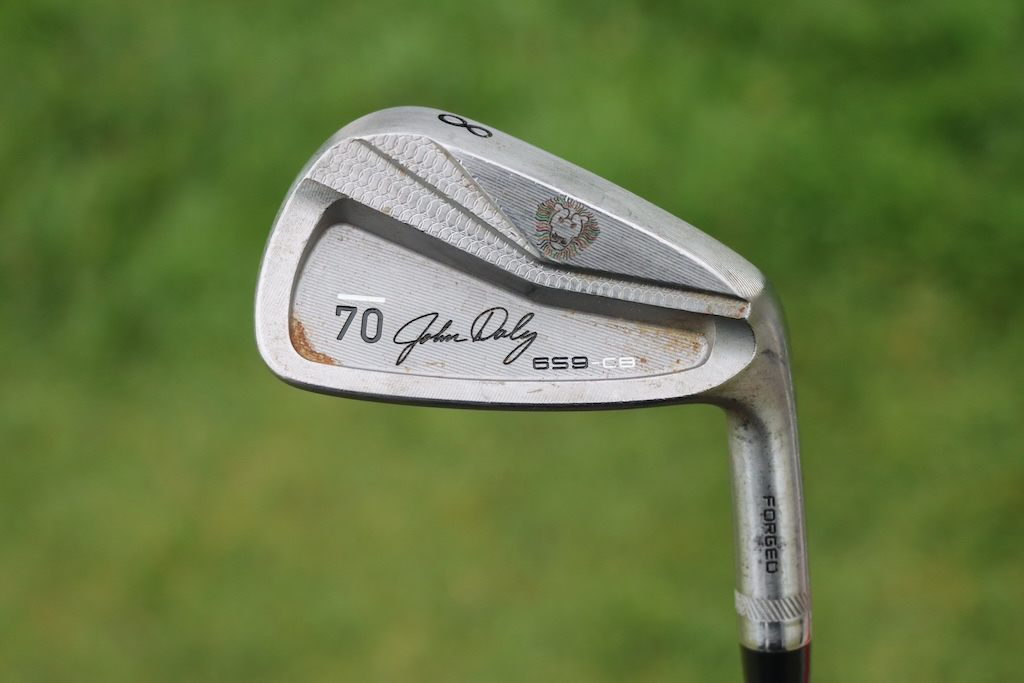
Wedges: Sub70 TAIII (50, 54, 60)
Shafts: True Temper Dynamic Gold S300
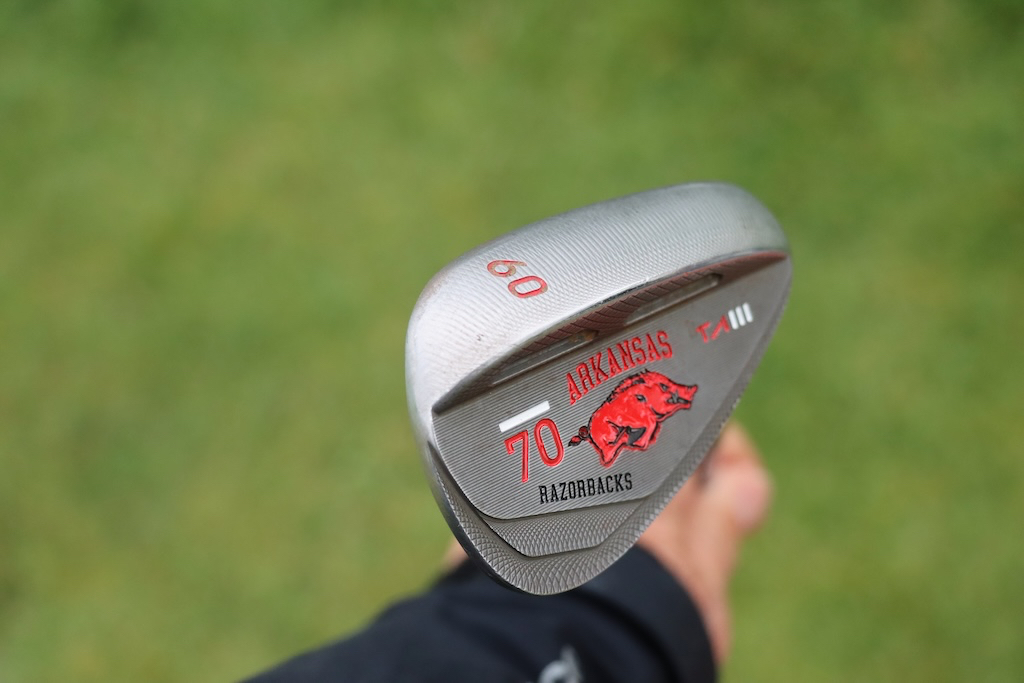
Putter: Odyssey Ai-One Milled One T CH
Grip: SuperStroke Zenergy Tour 2.0
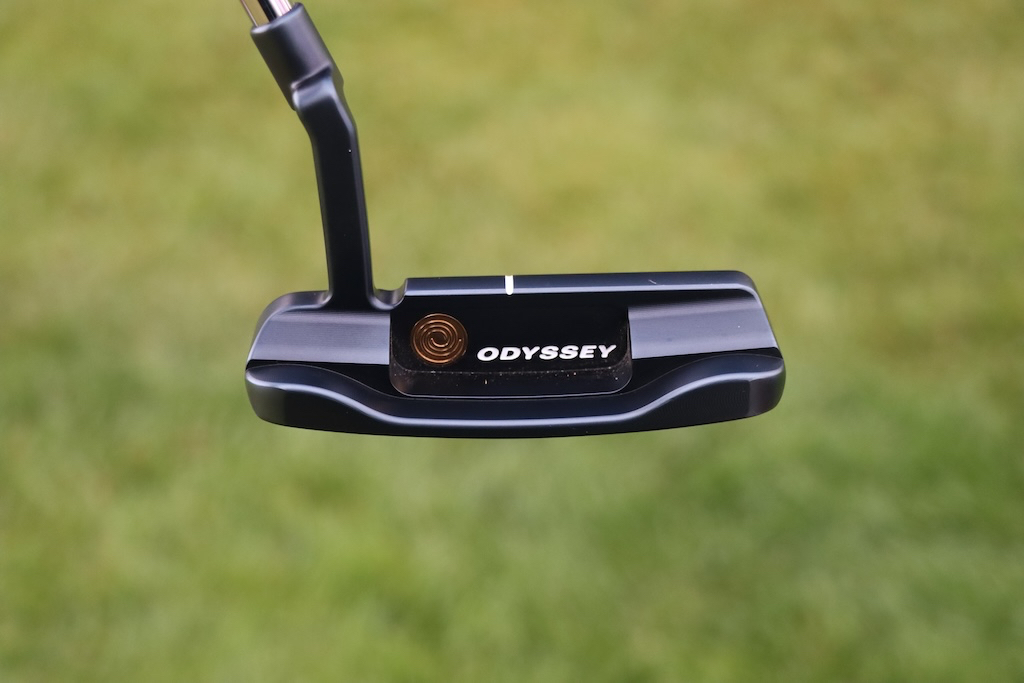

Grips: SuperStroke custom
More photos of John Daly’s WITB in the forums.
View this post on Instagram
- LIKE12
- LEGIT0
- WOW1
- LOL0
- IDHT0
- FLOP0
- OB0
- SHANK0
Equipment
Toulon Golf collaborates with Valhalla Golf Club for latest Small Batch putter
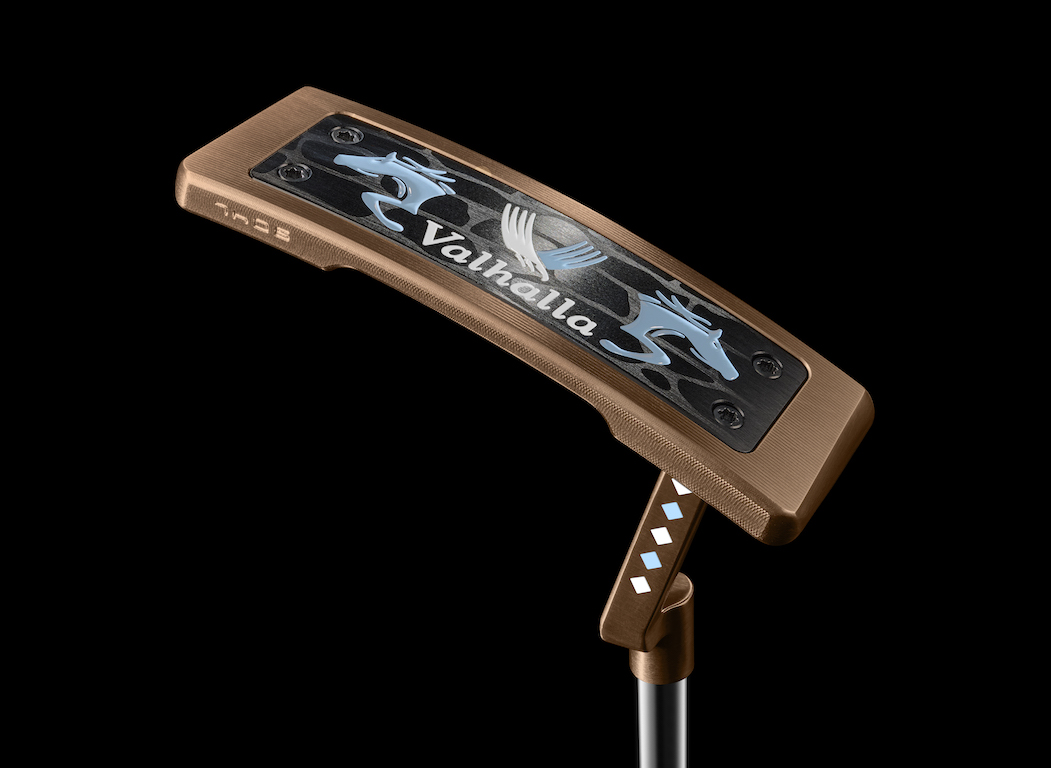
Toulon Golf has today officially announced its latest Small Batch putter — the Valhalla.
Discussing the putter, Preston Toulon of Toulon Golf said: “This putter is a collaboration with the club at Valhalla and incorporates three of the many things that make the state of Kentucky great – horseracing, bourbon and championship golf. The head of the putter and headcover have several allusions to a jockey’s silk and there are thoroughbreds on the sole.”
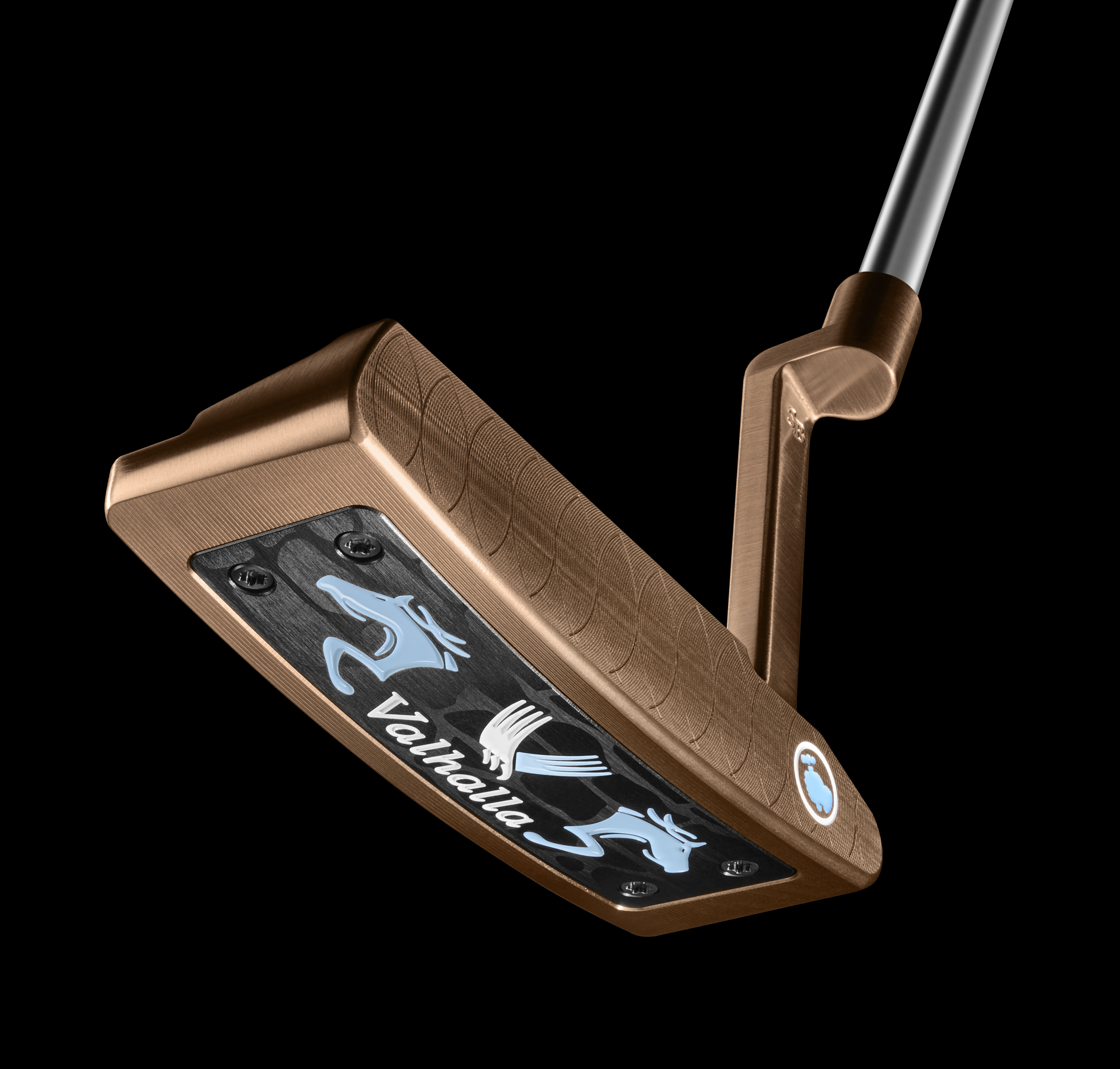
Inspired by Toulon’s classic tri-sole Santa Monica design, the company sought to modernize the profile and design leveraging its 904 stainless steel and 6061 aircraft aluminium across the sole. Toulon describes the Valhalla’s profile as “slightly oversized blade whose proportions are meticulously balanced to maintain the look and feel of the Santa Monica, while increasing the putter’s inertia to create one of the most forgiving putters we have ever designed.”
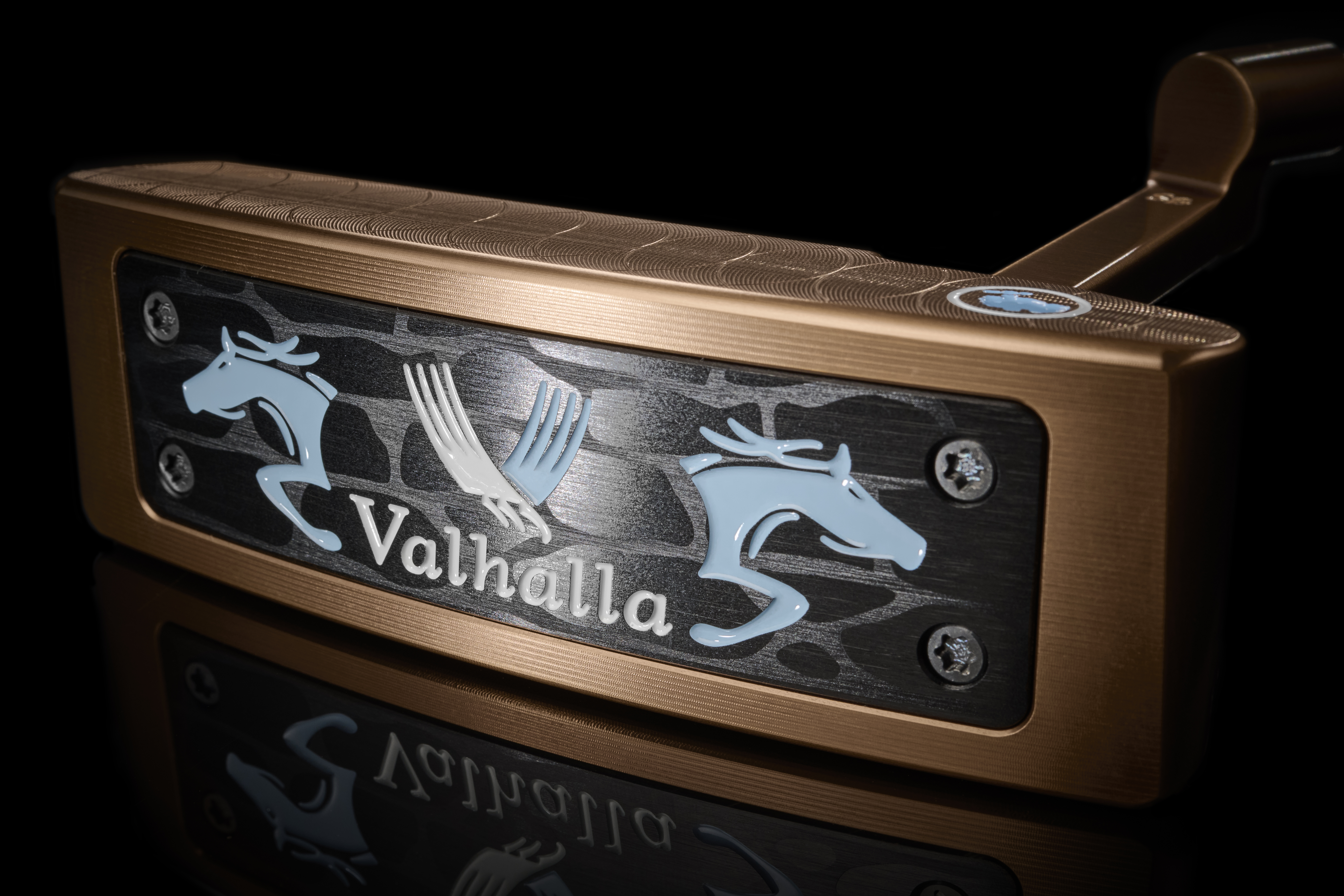
Throughout numerous prototypes, Toulon paid particular attention to the L-neck, with its full shaft of offset, adding a bit of length for better blending with the slightly wider and longer blade.
On the rear of the putter are homages to horse racing in the form of jockey silk diamonds and Churchill Downs-inspired font.
The sole of the putter features a large cavity covered by a 6061 aircraft aluminum sole plate. According to Toulon, this allowed for the addition length to the putter and improved inertia as well as moving more mass to the perimeter for greater forgiveness.
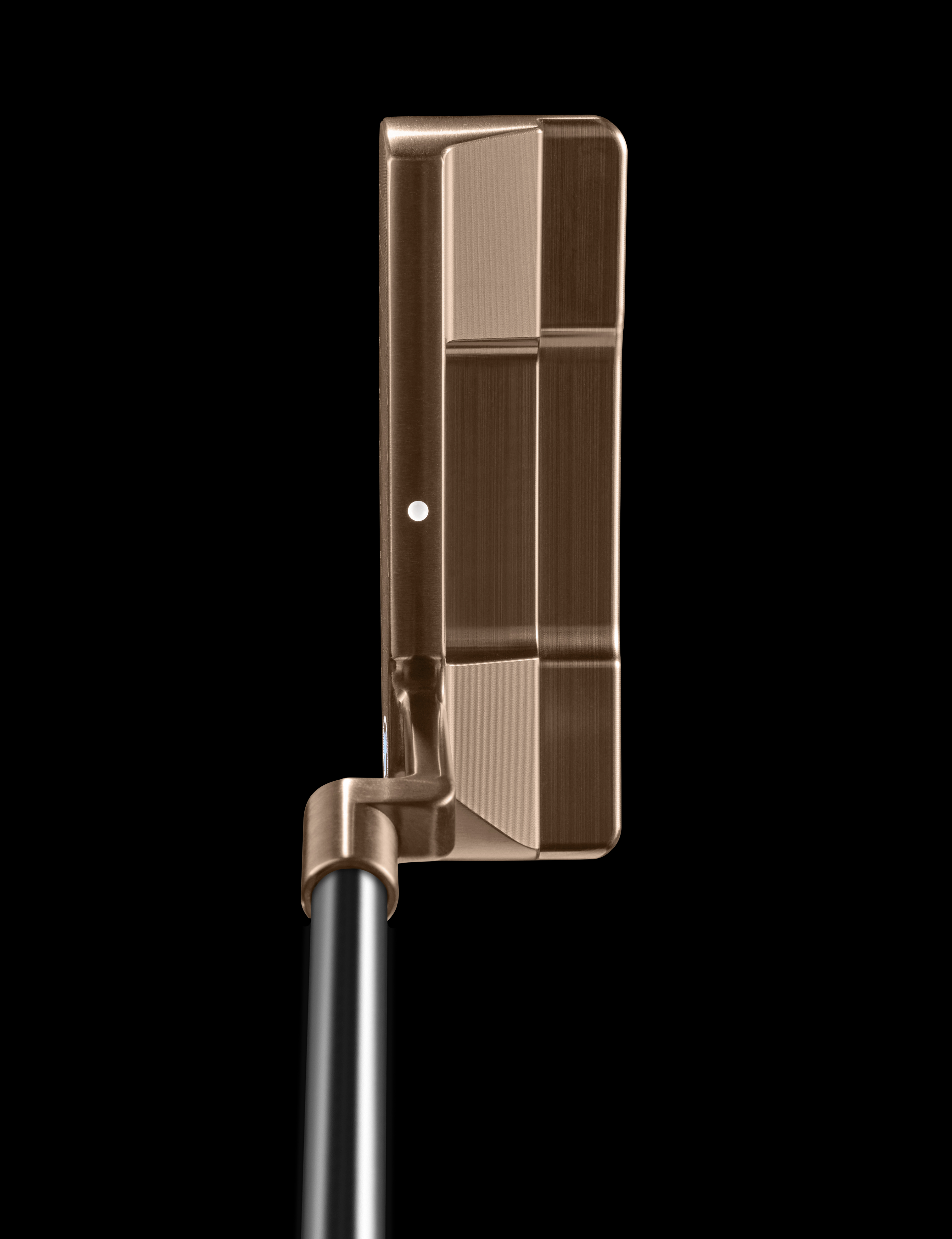
In another nod to Valhalla, Toulon uses a milled watermarked limestone pattern, a reference to stone featured widely on the property.
As with all the Toulon Small Batch putters, the team paid particular attention to the topline thickness and radius to achieve a desired look. “Soft yet crisp was the design intent,” according to the company.
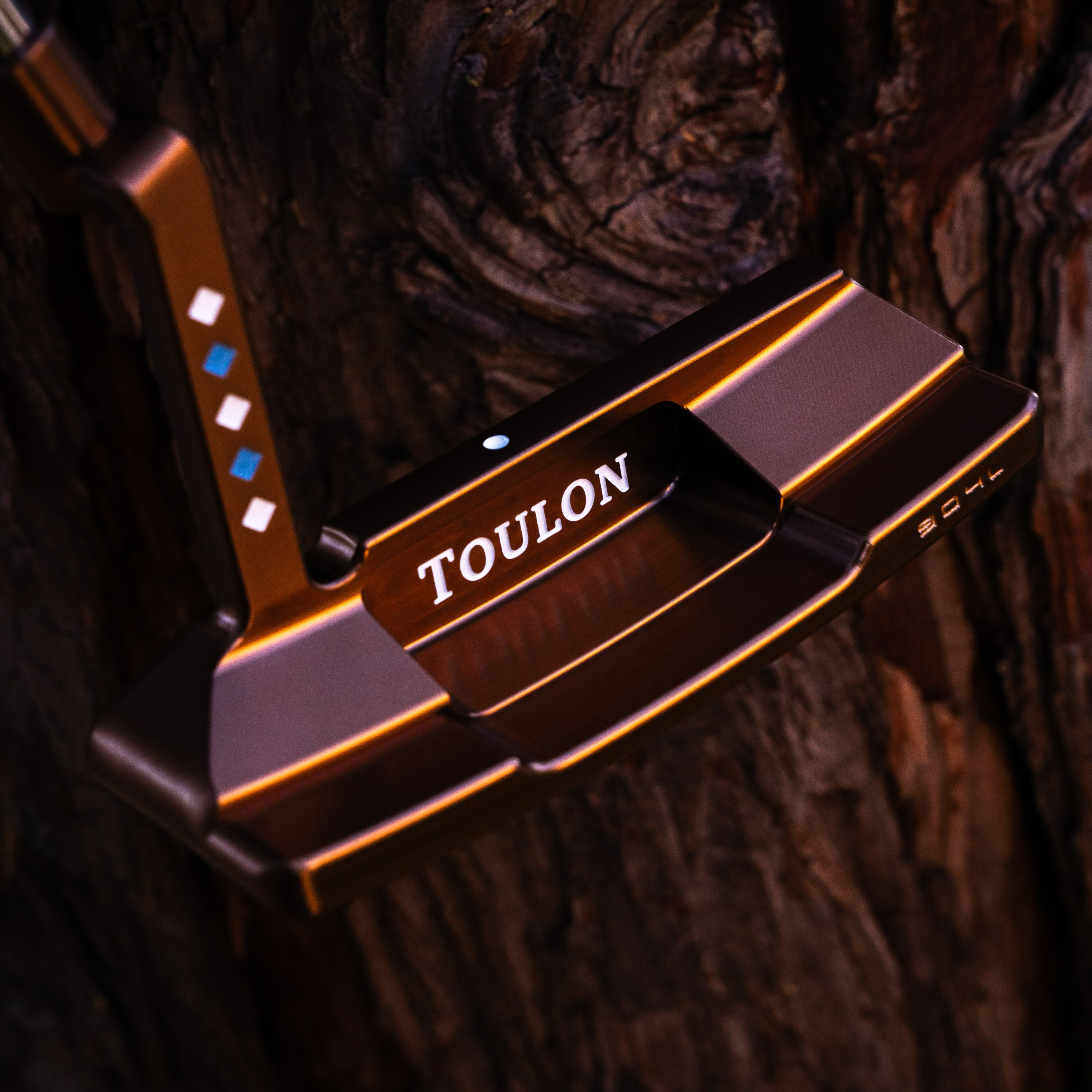
Toulon Golf Small Batch Valhalla specs
- Material: 904L Stainless Steel/6061 Aluminum Sole
- Face Mill: Fine Double Fly with Big Tuna
- Finish: Kentucky Bourbon PVD
- Grip: Custom Toulon Collection Vintage Blue Pistol
- Shaft: Chrome Stepless Steel
- Headcover: Valhalla Custom Leather
- Head Weight: 355 g
- Toe Hang: 40 degrees
- Loft: 3 degrees
- Lie: 70 degrees
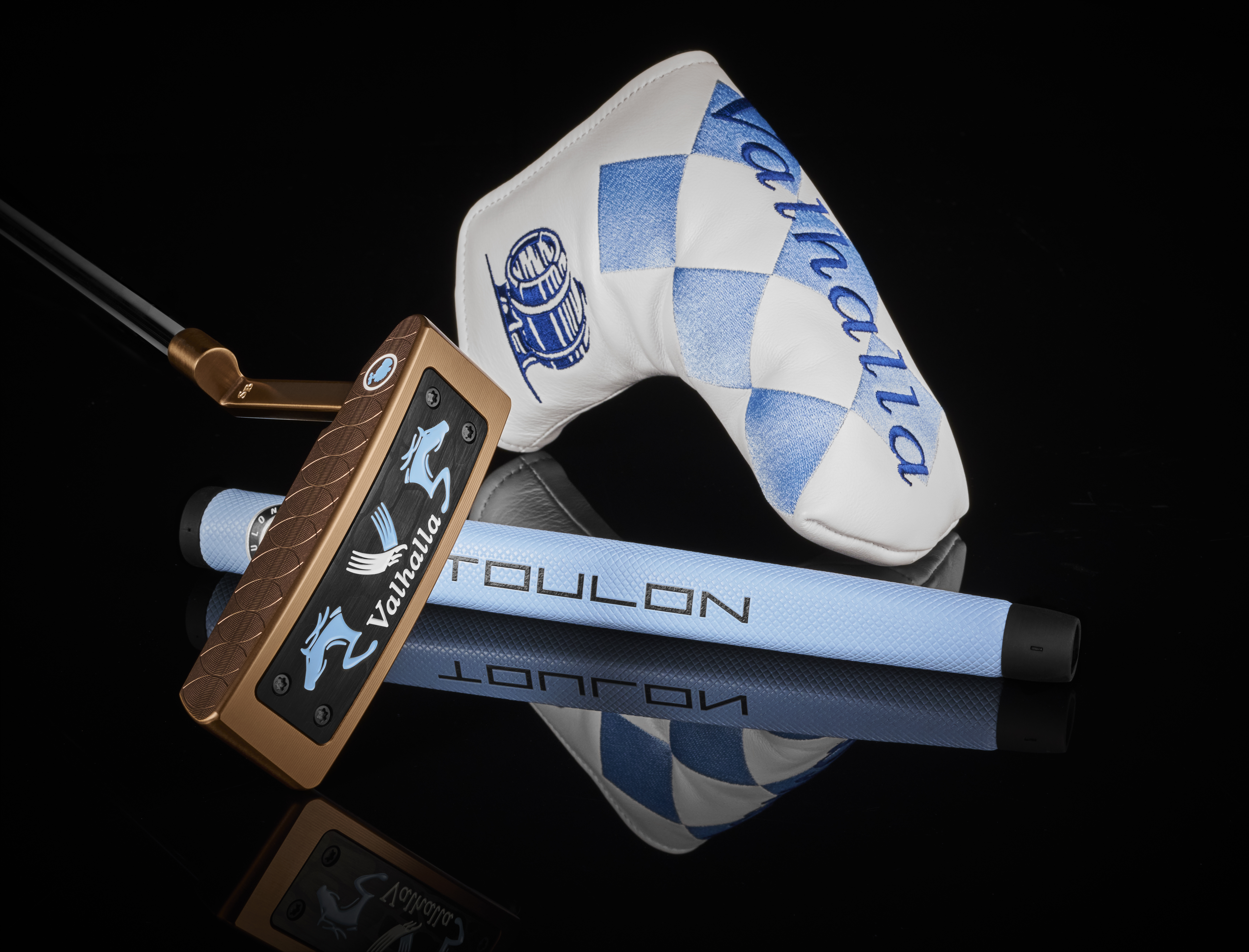
Pricing and availability
The Small Batch Valhalla is available for purchase today via the company’s website — ToulonGolf.com.
Supply is extremely limited. The price is $1,800.
- LIKE1
- LEGIT1
- WOW0
- LOL0
- IDHT0
- FLOP0
- OB0
- SHANK1
-

 19th Hole3 weeks ago
19th Hole3 weeks agoLET pro gives detailed financial breakdown of first week on tour…and the net result may shock you
-

 19th Hole1 week ago
19th Hole1 week agoReport: LIV star turns down PGA Championship invite due to ‘personal commitments’
-

 19th Hole2 weeks ago
19th Hole2 weeks agoGary Player claims this is what ‘completely ruined’ Tiger Woods’ career
-

 Equipment1 week ago
Equipment1 week agoDetails on Justin Thomas’ driver switch at the Wells Fargo Championship
-

 Whats in the Bag2 weeks ago
Whats in the Bag2 weeks agoTeam McIlowry (Rory McIlroy, Shane Lowry) winning WITBs: 2024 Zurich Classic
-

 Whats in the Bag1 week ago
Whats in the Bag1 week agoKeegan Bradley WITB 2024 (May)
-

 Equipment2 weeks ago
Equipment2 weeks agoGolf fans left surprised by LIV’s choice of course for its 2024 individual championship event
-

 Whats in the Bag3 days ago
Whats in the Bag3 days agoRory McIlroy’s winning WITB: 2024 Wells Fargo Championship

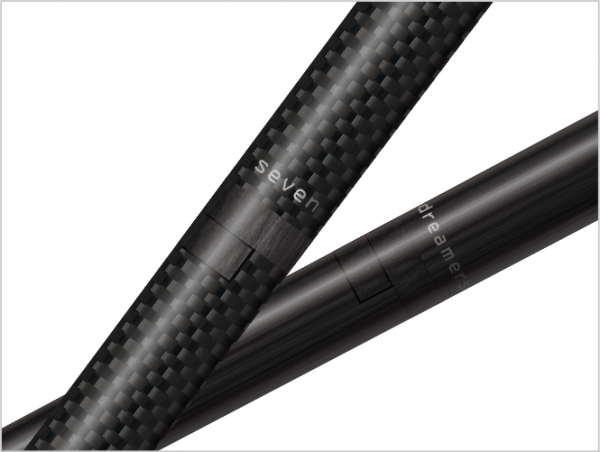














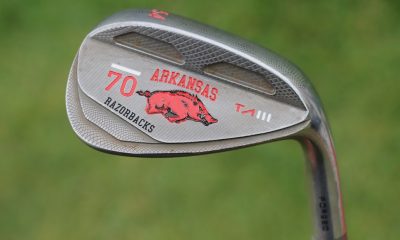

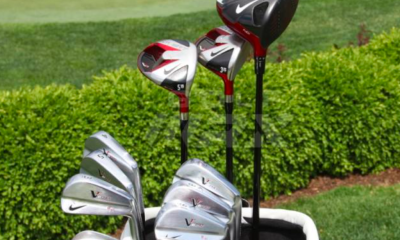





ogo
Jul 21, 2018 at 1:42 am
****FANTASTICO****
Ed
Jan 31, 2018 at 1:14 pm
There you have it fellow gearheads…. oven-baked graphite shafts are inferior to autoclave cured shafts because there is too much ‘plastic’ resin in the inferior shafts. Carbon graphite is a metal and has the dynamic properties of steel shafts less the weight.
Cheap graphite shafts have inconsistent dynamic properties, particularly in the tip section during final release when the shaft is whip-snapping… drooping, torquing and recovering. One graphite manufacturer blends steel strands into their shafts. Steel is the gold standard and graphite shafts are soggy and floppy going through impact.
That’s why tour pros prefer heavier weight shafts because the very low weight shafts were like spaghetti at high swing speeds.
You can get away with heavy graphite shafts for irons but not light weight shafts for drivers. Light weight graphite shafts are adequate for slower swing speed recreational golfers, not for pros.
OB
Feb 1, 2018 at 11:12 am
Does that mean gearhead’s clubs are fitted with inferior epoxy-filled shafts that are unstable and ruin their swing release action? Pros use heavier weighted graphite shafts to compensate for shaft inconsistencies; shafts over 100 grams like Sadlowski using the 104 gram Nunchuk shaft mentioned in another WRX article.
Ed
Feb 3, 2018 at 2:41 am
Off your meds much. Conspiracy theory posts on almost every article and you reply to your own comments. Sad
OB
Feb 5, 2018 at 11:41 am
Where, oh where
Have the gear heads gone?
Where, oh where can they be?
With shirts cut long
And pants cut short
Where, oh where can they be?
I last saw them by the putting green
Playing and puttering around
But I just can’t see them anymore
They just can’t seem to be found
Perhaps the club pro over there will know
He may have seen them go by
But who knows where
They might have decided to go away
But we’ve got to give it a try